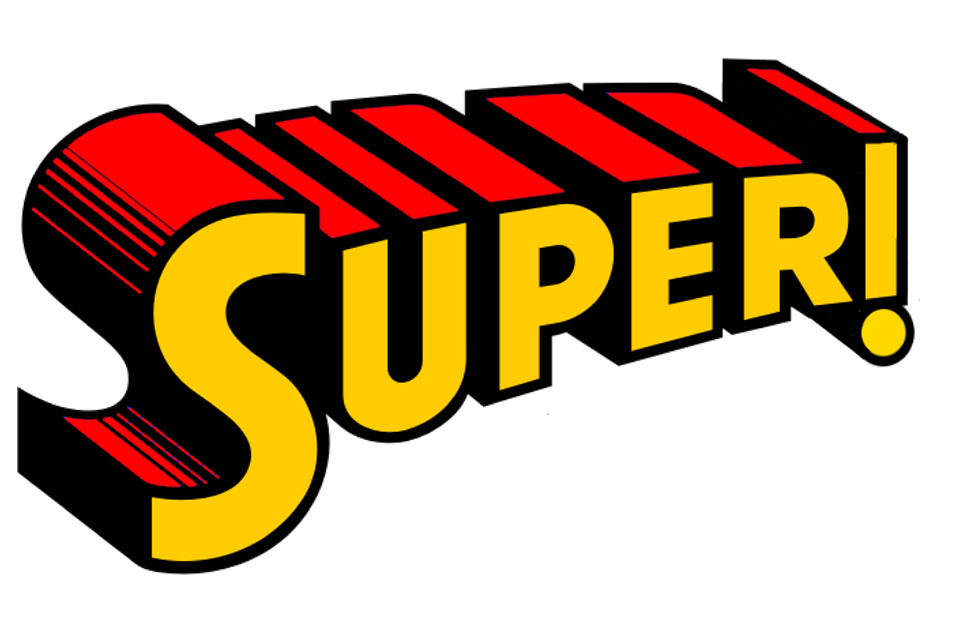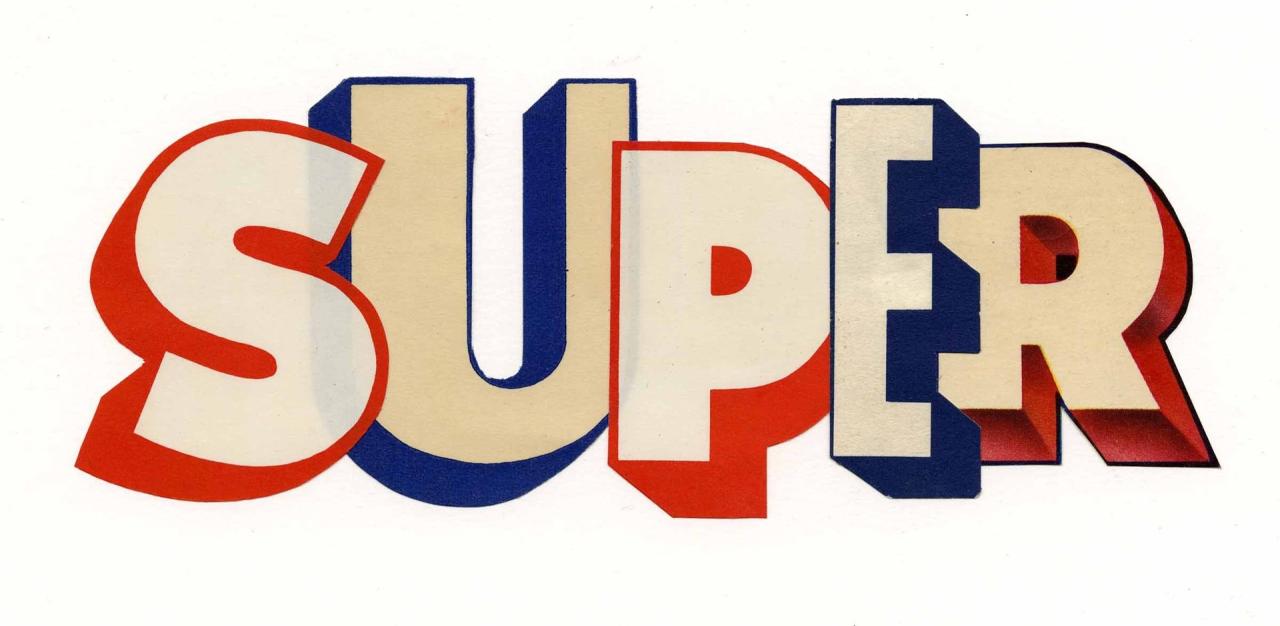Super Mario games have become a cornerstone of gaming culture, capturing the hearts of players across generations.
From the groundbreaking release of Super Mario Bros. to the latest adventures in the series, the evolution of these games reflects not only technological advancements but also a significant impact on the entire video game industry. This overview will take you through key milestones, innovative gameplay mechanics, and the cultural influence that Mario has exerted far beyond just the gaming realm.
History of Super Mario Games

The Super Mario franchise, created by Nintendo, has played a pivotal role in shaping the landscape of video gaming since its inception. Beginning with the original Super Mario Bros. in 1985, this series has continually evolved, introducing innovative gameplay mechanics and captivating stories that have influenced countless other games. The journey of Super Mario is marked by significant milestones and technological advancements that reflect the changing dynamics of the gaming industry.
The evolution of the Super Mario games can be tracked through notable releases and developments that have defined each generation. Starting from the groundbreaking 2D platforming of the original title to the expansive three-dimensional worlds of recent iterations, Super Mario has continuously adapted to incorporate new technology while maintaining its core appeal. Below is a timeline showcasing major milestones in the Super Mario franchise:
Timeline of Major Milestones
The progression of Super Mario games highlights significant advancements in gameplay and technology, influencing not only the franchise but the wider gaming community as well. Each entry has introduced new features, characters, and concepts that have become integral to the gaming experience.
- 1985: Super Mario Bros. released on the Nintendo Entertainment System (NES), establishing the standard for platformers with its tight controls, level design, and memorable music.
- 1988: Super Mario Bros. 3 introduced new power-ups and a world map, enhancing gameplay and exploration.
- 1996: Super Mario 64 launched on the Nintendo 64, revolutionizing 3D platforming with its open-world design and camera controls.
- 2002: Super Mario Sunshine brought new mechanics such as FLUDD, adding unique challenges and a vibrant setting.
- 2006: New Super Mario Bros. revitalized the 2D platforming genre on the Nintendo DS, appealing to both new and veteran players.
- 2010: Super Mario Galaxy 2 refined the 3D platforming experience with creative level design and gravity mechanics.
- 2017: Super Mario Odyssey introduced sandbox-style gameplay, allowing players to explore vast kingdoms and use the new capture mechanic to control various enemies and objects.
- 2021: Super Mario 3D World + Bowser’s Fury combined classic 3D platforming with a new open-world experience, showcasing the franchise’s adaptability.
In addition to its innovative gameplay, Super Mario has had a profound impact on the video game industry. The franchise has set benchmarks in game design, character development, and storytelling, inspiring a generation of game developers and establishing Nintendo as a dominant force in the market.
“The influence of Super Mario extends beyond just entertainment; it has shaped cultures and introduced gaming to millions around the world.”
The ongoing success of Super Mario is not just a reflection of its nostalgia but also its ability to evolve and resonate with each new generation of players. From its humble beginnings to becoming a cultural icon, the franchise continues to thrive, ensuring its place in the annals of video game history.
Gameplay Mechanics in Super Mario Games

The Super Mario series is renowned for its innovative gameplay mechanics that have evolved significantly over the years. Each title within the franchise has introduced unique features that not only enhance the experience but also set benchmarks for platform gaming. This discussion delves into the various gameplay mechanics that define the series, the impact of power-ups, and the differences between 2D and 3D gameplay styles.
Unique Gameplay Mechanics
Each Super Mario game presents distinct mechanics that contribute to its charm and challenge. Notable examples include:
- Physics Engine: Super Mario Bros. introduced a physics engine that governs character movement, providing a responsive feel when jumping, running, or interacting with the environment.
- Environment Interactivity: Titles like Super Mario 64 allowed players to interact with the environment by climbing, swimming, and even performing backflips, adding depth to exploration.
- Level Design: Each game features meticulously crafted levels that incorporate puzzles, enemies, and hidden items, challenging players to think strategically.
- Special Abilities: Starting from Super Mario World, players were introduced to Yoshi, who not only provided an extra layer of gameplay but also added unique abilities like swallowing enemies and flutter jumping.
Role of Power-Ups
Power-ups play a crucial role in enhancing the player experience and expanding gameplay possibilities. These special items provide various abilities, significantly impacting how players navigate levels. Important power-ups include:
- Super Mushroom: Transforms Mario into Super Mario, increasing his size and enabling him to break blocks.
- Fire Flower: Grants the ability to throw fireballs, allowing for a more offensive approach to enemies.
- Starman: Provides temporary invincibility, encouraging players to dash through enemies without fear.
- Super Star: Similar to Starman, but with the added benefit of a unique visual effect and music signaling invincibility.
Power-ups not only diversify gameplay but also serve as rewards, motivating exploration and experimentation.
Comparison of 2D and 3D Gameplay Styles
The transition from 2D to 3D gameplay marked a significant evolution in the Super Mario series. Each style offers distinct gameplay experiences:
- 2D Gameplay: Classic titles like Super Mario Bros. emphasize straightforward side-scrolling mechanics with a focus on precise platforming and timing. Players navigate linear levels with a limited perspective, demanding accuracy in jumps and enemy encounters.
- 3D Gameplay: Introduced with Super Mario 64, this style allows for exploration in a fully realized three-dimensional space. Players can move in any direction, engage in more complex level designs, and utilize camera angles to enhance navigation.
- Level Complexity: 3D games feature multi-layered environments, with open areas and hidden secrets, contrasting with the more straightforward paths of 2D levels.
- Control Mechanics: 3D titles offer more nuanced controls, including camera manipulation, allowing players to adjust their viewpoint to better engage with the environment.
The shift to 3D gameplay not only redefined how players interact with the game but also expanded the narrative possibilities within the Super Mario universe.
Cultural Impact of Super Mario Games

The Super Mario franchise has transcended the realm of video games, becoming a cornerstone of popular culture since its inception in the mid-1980s. Its catchy tunes, iconic characters, and engaging gameplay have not only defined a genre but have also permeated various aspects of everyday life, influencing everything from merchandise to media representation.
The influence of Super Mario can be observed in its extensive merchandise, which includes toys, clothing, and collectibles. This vast product range appeals to fans of all ages, showcasing the enduring popularity of the franchise. Additionally, the franchise has inspired a wide array of media, including animated series, films, and even theme park attractions. The combination of these elements illustrates how Super Mario has successfully woven itself into the fabric of global pop culture, making it a recognizable and celebrated brand.
Influence on Merchandise and Media
Super Mario’s impact on merchandise is significant, reflecting its status as a cultural icon. The franchise has created a plethora of products, which not only serve as collectibles but also enable fans to express their love for the series. Examples of popular merchandise include:
- Action figures and plush toys featuring characters like Mario, Luigi, and Princess Peach, which allow fans to bring a piece of the game into their homes.
- Clothing lines that incorporate Super Mario imagery and logos, appealing to both casual fans and dedicated gamers.
- Home decor items that feature artwork or designs inspired by the series, making it possible to infuse everyday spaces with Super Mario themes.
Beyond tangible merchandise, Super Mario has made a significant mark on media through various adaptations. The animated series from the late ’80s and early ’90s introduced the characters to a broader audience, while the 1993 live-action film, despite mixed reviews, demonstrated the franchise’s potential for cinematic storytelling. More recently, animated films and series have been produced, further showcasing the characters in new narratives.
Case Studies of Fan Communities
Fan communities surrounding Super Mario exemplify the franchise’s cultural impact through their engagement and creativity. These communities often participate in various activities, including:
- Online forums and social media groups where fans share art, fan fiction, and theories about the games and characters, fostering a sense of belonging and shared enthusiasm.
- Fan-made games and mods that reinterpret classic Super Mario gameplay, showcasing the creativity and technical skills of the community members.
- Annual events and conventions that celebrate the franchise, where fans gather to participate in tournaments, cosplay as their favorite characters, and engage with others who share their passion.
The vibrant fan culture surrounding Super Mario not only highlights the series’ influence but also reinforces its status as a beloved franchise that continues to inspire creativity and collaboration among fans.
Representation in Other Forms of Entertainment, Super mario games
The representation of Super Mario in various forms of entertainment underscores its cultural significance. The franchise has been featured in:
- Television shows that have depicted Mario and his adventures, often in comedic or light-hearted contexts, making the characters accessible to younger audiences.
- Films that attempt to translate the whimsical world of Mario into live-action or animated formats, exploring the challenges and successes of adapting video games for the big screen.
- Web series and streaming content that delve into gameplay strategies, character analysis, and the history of the franchise, creating educational and entertaining materials for fans and newcomers alike.
These representations not only broaden the appeal of Super Mario but also reinforce its status as a significant player in the realm of entertainment, illustrating its ability to adapt and thrive across various media landscapes.

